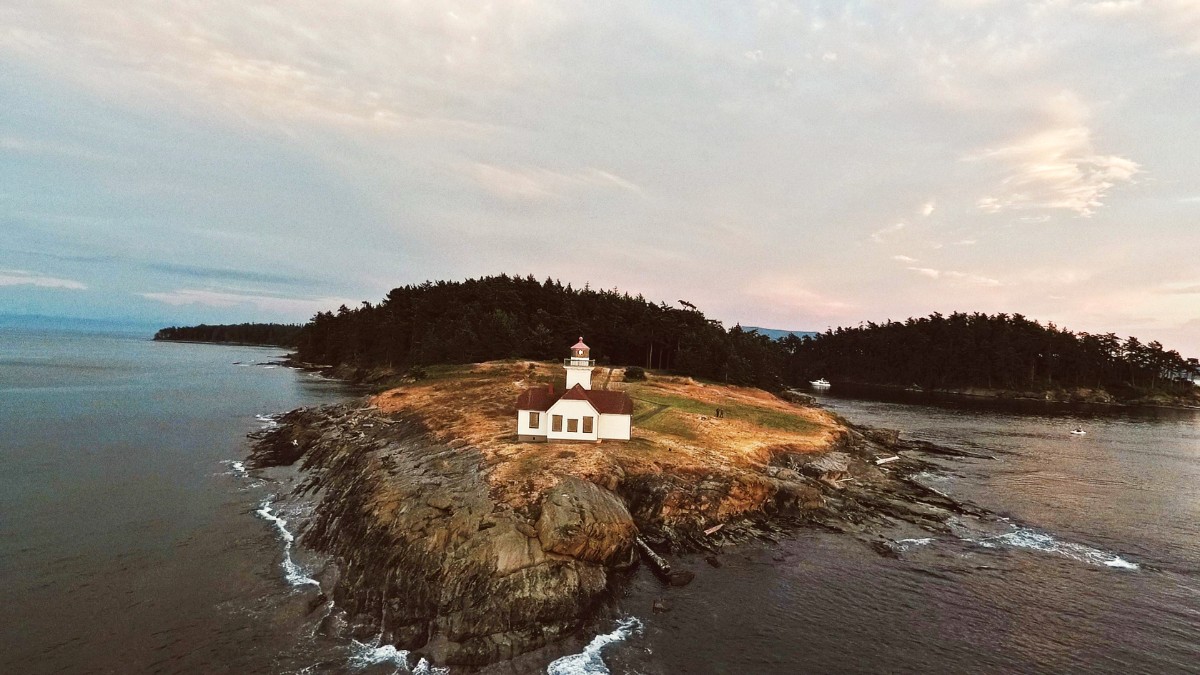
Washington, USA
Island cuisine reflects a history as fishing and farming communities. This tradition continues, with sustainability and supporting local producers. Many restaurants partner directly with island farms and fishermen.
The food scene has evolved to feature sophisticated dining while retaining its connection to the land and sea.
15-20% for good service is customary; it forms a significant part of servers' income.
Casual attire works at most establishments; some fine dining spots welcome smart casual dress.
Reservations are highly advisable for dinner, especially during peak season and for popular restaurants.
Often raw on the half shell with mignonette, or grilled with butter and herbs.
Clean, briny flavor from pristine Salish Sea waters.
Enjoy steamed with drawn butter, in crab cakes, or as part of a seafood boil.
Sweet, delicate meat makes it a favorite.
Grilled, baked, or pan-seared, often with local herbs or citrus sauce.
Chinook, Coho, and Sockeye varieties are prized.
Fresh pastries, breads, and pies from island bakeries and cafes, often with local fruits.
Homemade ice cream from local creameries, with unique flavors and fresh ingredients.
San Juan Island: Coho Restaurant (Friday Harbor) for seasonal cuisine; McMillin's Dining Room (Roche Harbor Resort) for upscale dining. Orcas Island: Inn at Ship Bay (Eastsound) for farm-to-table fare; Matia Kitchen & Bar (Eastsound).
San Juan Island: Downriggers (waterfront seafood); Cask & Schooner (pub fare). Orcas Island: New Leaf Cafe (organic dishes); The Madrona Bar & Grill. Lopez Island: Lopez Island Vineyards & Winery (food options); Lopez Island Creamery (cafe items). Casual cafes, delis, and pizza places are available.
Farmers Markets: Seasonal markets in Friday Harbor, Eastsound, and Lopez Village (May-October) offer fresh produce and prepared foods. Grocery Stores: King's Market (Friday Harbor), Island Market (Eastsound), Lopez Island Thriftway (Lopez Village). International Cuisine: Mainly American Pacific Northwest; limited Italian, Mexican, or Asian fare.
Most restaurants offer vegetarian options. Vegan choices are more common in Eastsound and Friday Harbor.
Check menus online or call ahead to confirm.
Many restaurants accommodate gluten-free and other common allergies. Clearly state your dietary restrictions when ordering.
Servers typically assist with menu choices or modifications.
Formal classes are limited, some informal experiences may exist.
Many farms offer stands or U-pick options; some allow tours.
Seasonal events highlight local produce and culinary traditions.
Farm-to-table restaurants source ingredients directly.
Expect fresh berries (strawberries, raspberries, blueberries) and various stone fruits.
Seasonal vegetables feature prominently in menus.
Summer festivals often include outdoor BBQs, seafood boils, and fresh produce stands.
San Juan Island Lavender Festival (July), Orcas Island Cider & Mead Festival (fall).
Street food options are limited beyond occasional food trucks. They appear at events or specific farmers markets.
Limited dedicated Halal or Kosher establishments.
Many farms on Orcas, San Juan, and Lopez islands offer fresh produce.
Discover artisan cheeses, ciders, and other unique island products.
The island food scene prioritizes eco-friendly sourcing and sustainable methods.
Some farms or B&Bs may feature informal culinary experiences.
Look for signs along island roads for farm stands.
Wineries, cideries, and farm stands are popular for self-guided visits.
This allows for an enjoyable exploration of local tastes.
Many places focus on seasonal menus, providing a dynamic dining experience throughout the year.
Restaurants often partner directly with island farms and fishermen, ensuring the freshest ingredients.
Dining at farm-to-table restaurants that source ingredients directly from island farms features a distinctive experience.
Visit a local farmers market for fresh produce, artisan goods, and prepared foods.